are class 3 and 4 rapids dangerous
Rapids that are at the lower or upper end of this difficulty range are designated Class III- or Class III respectively. Swimming Class 4 is challenging.

River Classifications Up To Class 4 Rapid Aspen Whitewater Rafting
These rapids contain irregular waves that are higher than those seen in Class 1 or Class 2.

. What can change a rivers classification. May require significant maneuvering. That said the classification of rapids exists for a reason to reflect the different intensity levels and categorize whitewater rapids according to their technical difficulty and the potential dangers associated with them.
Scouting of rapids may be required prior to running. Injuries while swimming are rare. Class 4 is intermediate to advanced and good for adventure rafters.
Class 3 rapids start to separate the beginners from the experienced. Both the height and frequency of waves play a crucial role in determining a rapids class. Note that multi-day expeditions can have a wide variety of rapids on a single trip from class I to class V so check with your outfitter to get details Class IV.
Rafters can expect to encounter huge waves rocks and hazards and substantial drops beyond the safety limitations of almost any type of rafting equipment. Long and powerful rapids and standing waves. Have an experienced guide.
These rapids are best left to canoeists with expert skills. Narrow passages are the norm and the ability to maneuver a kayak or raft in tight spots is necessary. These are waves that are readily seen amidst broad channels that can be spotted without scouting the route from the shoreline.
These are the classifications of the rapids on our 8-mile stretch of whitewater rafting on the Snake River according to the American Whitewater. Class 6 is unrunnable by most people and presents an. Powerful and precise maneuvering required.
Class VI rapids are not commercially raftable. Rapids are long and unpredictable with large waves and narrow passages. The answer to this question is in the video below.
Involves risk of life. The difficulties of Class V carried to the extreme. Difficult Long rapids.
Class 1 and 2 are float trips. For teams of experts only. Some classifications can change depending on how high the water is.
If a picture is worth a 1000 words then a video is worth 10000 words so I wont write too many here. Class IV - Difficult. People also ask what is Class 3 rafting.
Although drops are usually more difficult to maneuver than waves multiple medium-drops also called a staircase could. Now that you know the ropes lets explore some of the rapids you can paddle through on each river section Rapids are classified on a scale of 1 to 6 6 being deathly dangerous and 1 being very small and easy. Class 4 rapids are for the.
For example a single large wave may actually be rated class III white water rafting while a long string of sustained medium-sized waves can be rated at class IV. A Class I rapid for example wont pose nearly. Class 5 rapids are everything that youd expect in a Class 4 rapid except for much longer stretches with little chance for a break and the bumps waves and obstacles are more dangerous and violent.
Rocks and eddies with passages clear but narrow and requiring experience to run. Advanced Intense powerful but predictable rapids requiring precise boat handling in turbulent water. Drive time aside what you need to know about the Cal Salmon River is that it is incredibly challenging and even dangerous.
Whitewater medium waves maybe a 35 ft drop but not much considerable danger. White water rafting rapid classes were initially created and defined by the American Whitewater Association and are commonly used to label and describe rapids found across the US sometimes internationally. There are more irregular rapids and larger waves requiring guests to maneuver the boat on demand and become wet on occasion.
Class 3 is a typical beginner level for rafting. There are six categories of rapids beginning with Class I Easy rapid and continuing up the scale to the most difficult. Yes rapids can be dangerous and whitewater kayaking is never something that should be taken lightly.
Complex maneuvers in fast current and good boat control in tight passages or around ledges are often required. Class III - Moderately difficult. Whitewater large waves long rapids rocks maybe a considerable drop sharp maneuvers may be needed.
Class 5 is advanced and recommended only for experienced rafters. WILD For strong paddlers only Class IV or Class 4 Rapid is for intermediate and experienced rafters looking for a thrill. Usually more technical and require many maneuvers.
Experienced paddling skills Class 4. Try river rafting on the Middle Fork American river this summer it has many class 4 rapids mixed in with class 3 all in one of the most beautiful canyon settings in California. So class 3 and 4 rapids were right in the middle and quite large.
Large waves or strainers may be present but are easily avoided. Class II Rapids Class II rapids are easy to navigate generally broad sections of water moving fast enough to create 1 - 3 foot whitecaps. Numerous high and irregular waves.
Visual inspection required if rapids are unknown. Rapids with moderate irregular waves which may be difficult to avoid and which can swamp an open canoe. Rapids can range from Class 4 to 5 and some runs are considered expert class meaning you should have ample experience before going face to face with rapids like Freight Train and Last Chance.
3 Big Drops 2 and 3 Colorado River through Cataract Canyon Utah Cataract Canyon s Big Drops 2 and 3 ok technically two rapids might be a surprising pick considering most of the season theyre a fun Class III ride but those whove experienced these infamous back to back drops at high water know their unforgettable nature. Nearly impossible and very dangerous. White Water Rafting Classes of Rapids.
Class 6 rapids are considered to be so dangerous as to be effectively unnavigable on a reliably safe basis. Steeper longer or more heavily obstructed than Class 3 rapids. Strong currents big waves boulders restricted routes and powerful holes that can hold or flip rafts.
Open canoes without flotation bags will have difficulty. The wide open waterways of Classes 1 and 2 are gone. Station Creek Class II Mile 07 Double D Class III Mile 18 Haircut Rock Class III Mile 22 Blind Canyon rapid Class II Mile 48.
Self-rescue is usually easy but group assistance may be required to avoid long swims.
Colorado S Most Infamous And Dangerous Rapids 9news Com
Colorado S Most Infamous And Dangerous Rapids 9news Com

This Is The Most Dangerous Whitewater Rapids In Canada Abenaki
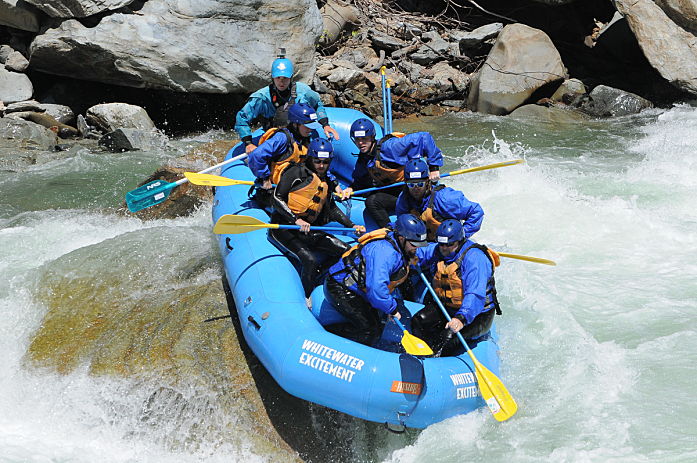
What To Expect When Class 4 White Water Rafting

9 Most Dangerous Whitewater Rapids In The World Slideshow The Active Times
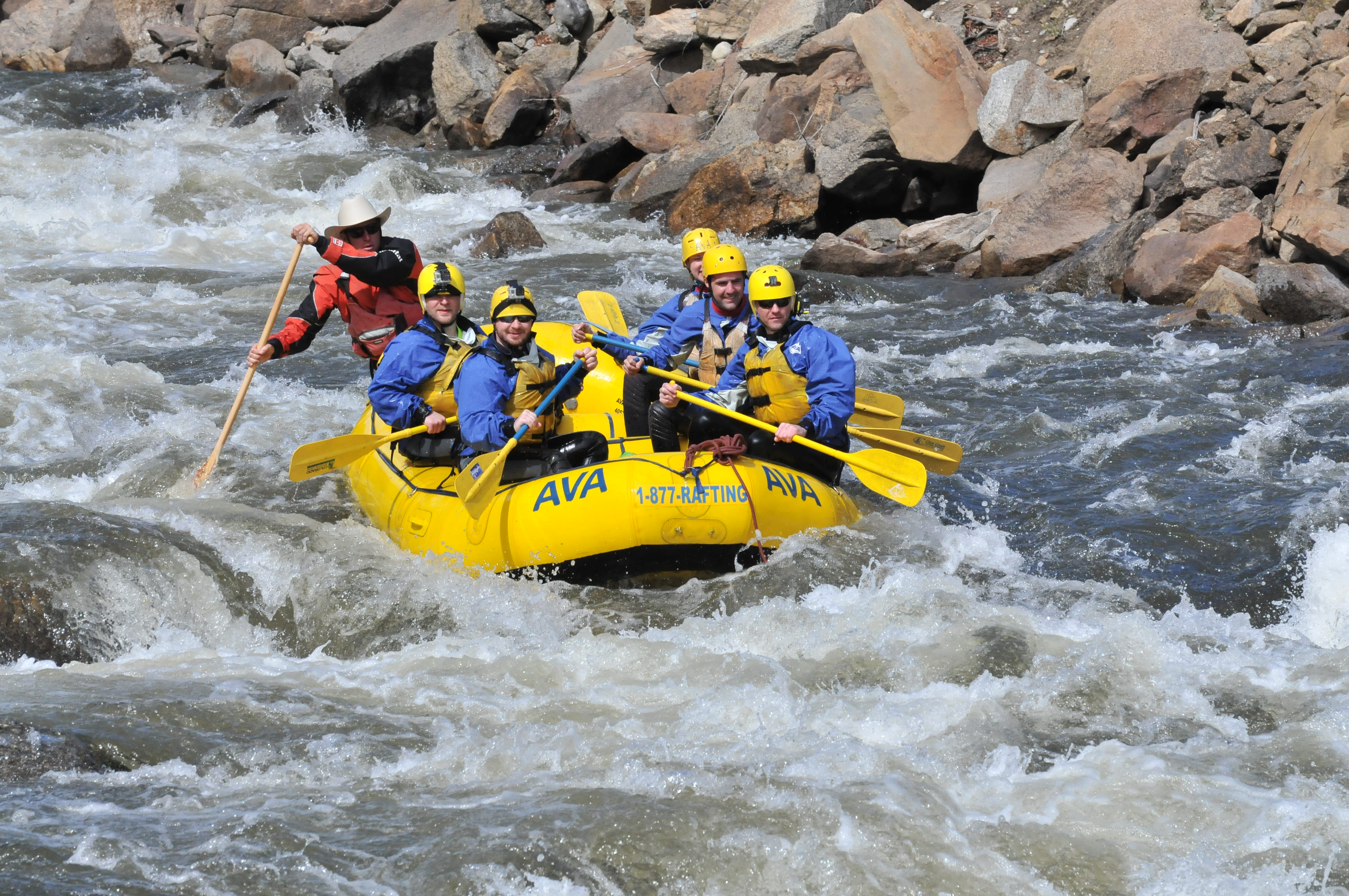
The Different Classes Of Rapids Explained

9 Most Dangerous Whitewater Rapids In The World Slideshow The Active Times
How Dangerous Is White Water Rafting River Valley Rafting

Whitewater Rafting Classes Of Rapids Boring To Scary Paddle Camp
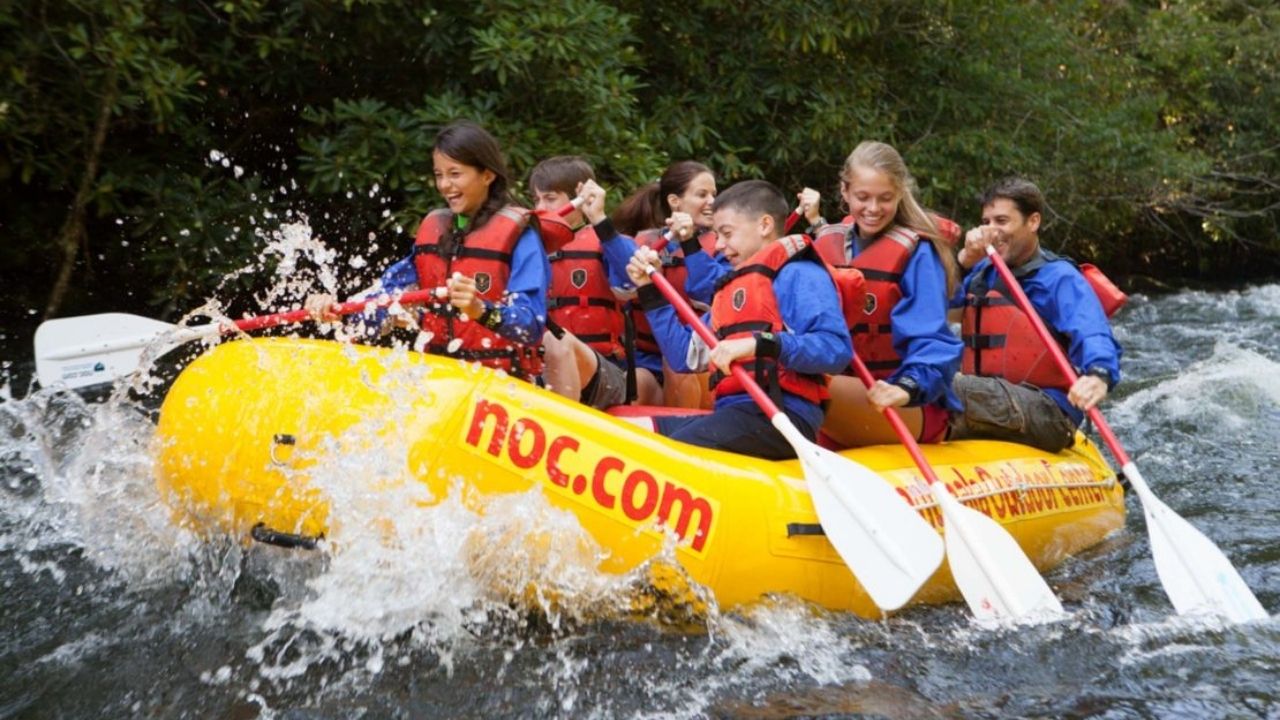
Top 10 Most Dangerous Whitewater Rafting Rapids Globally
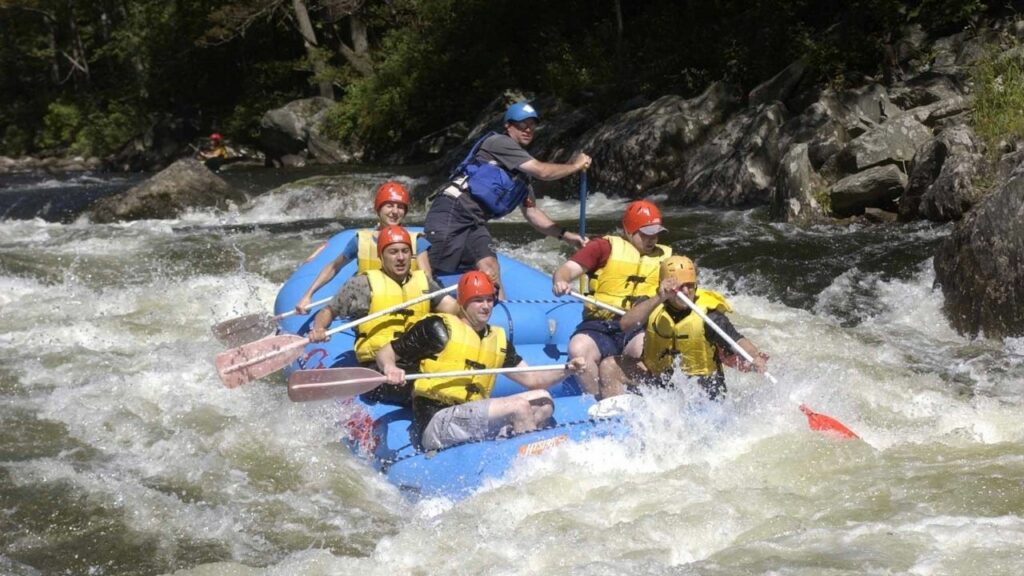
Top 10 Most Dangerous Whitewater Rafting Rapids Globally

Questions About White Water Rafting Explained Answers From Our Team
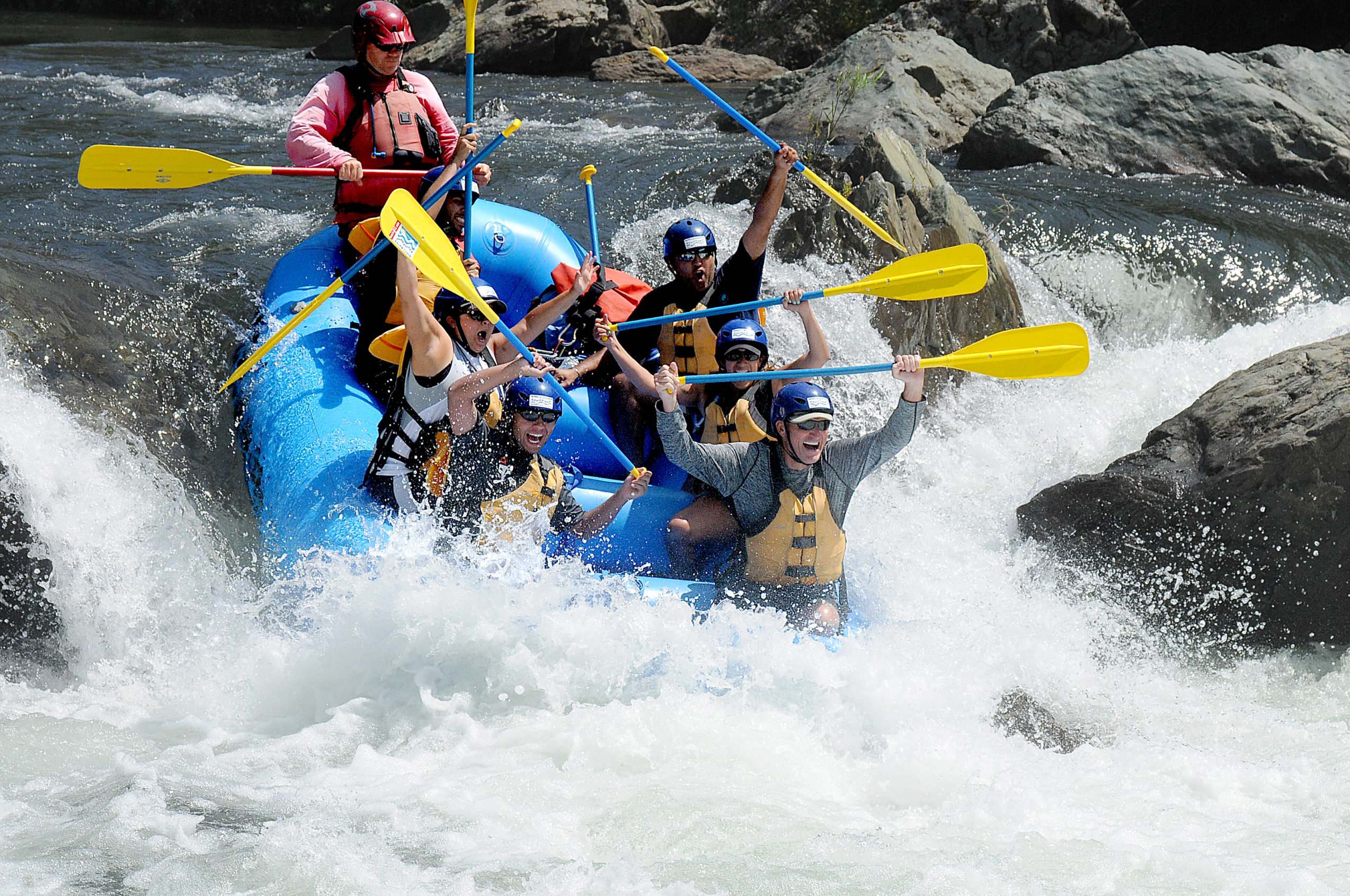
What To Expect When Class 4 White Water Rafting
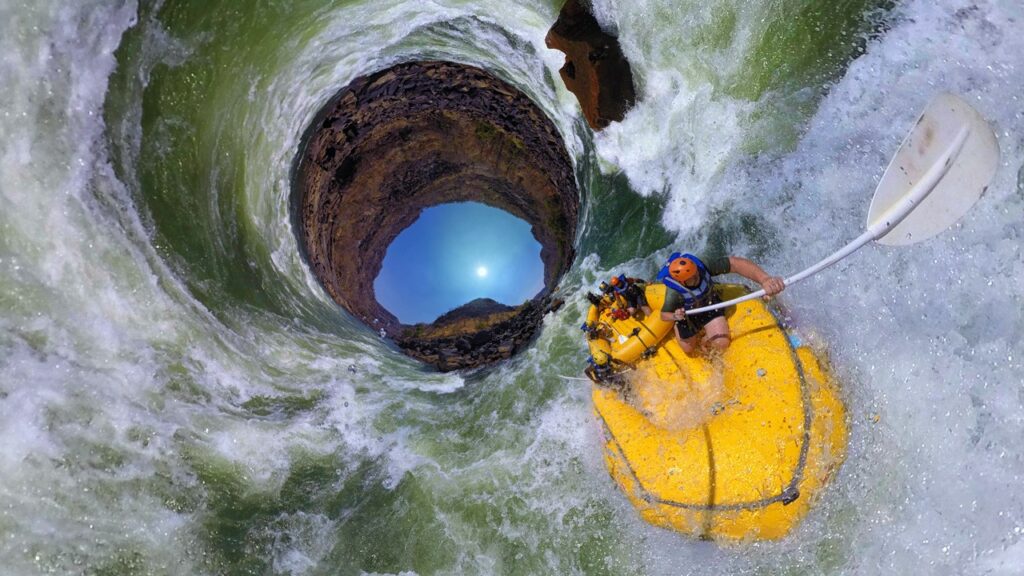
Top 10 Most Dangerous Whitewater Rafting Rapids Globally
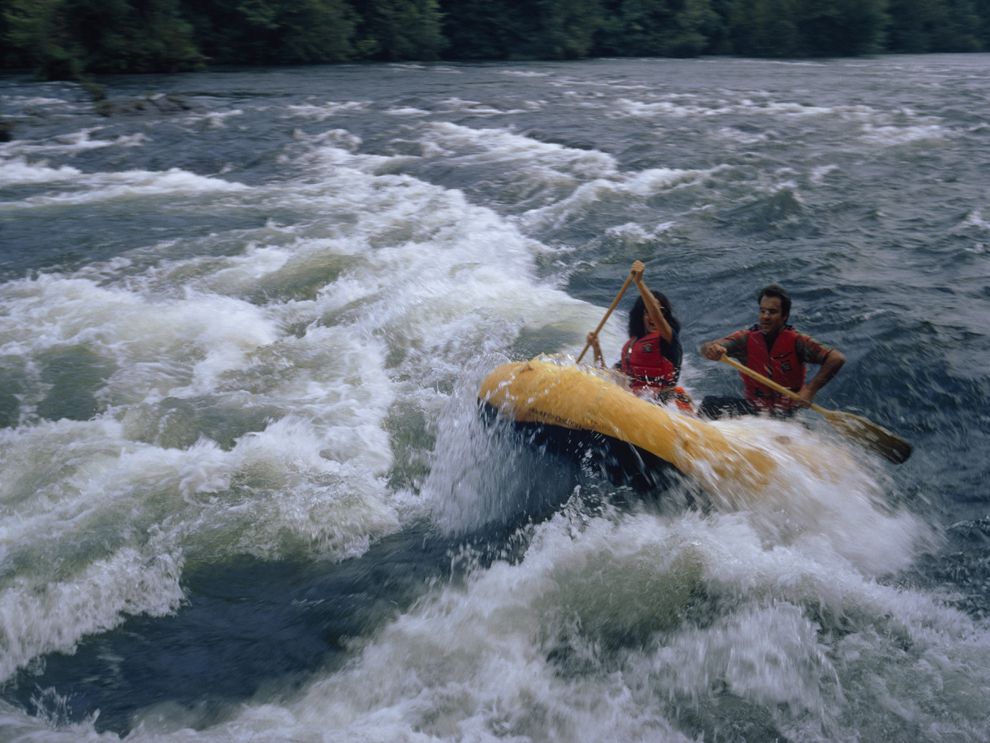
Rapids National Geographic Society
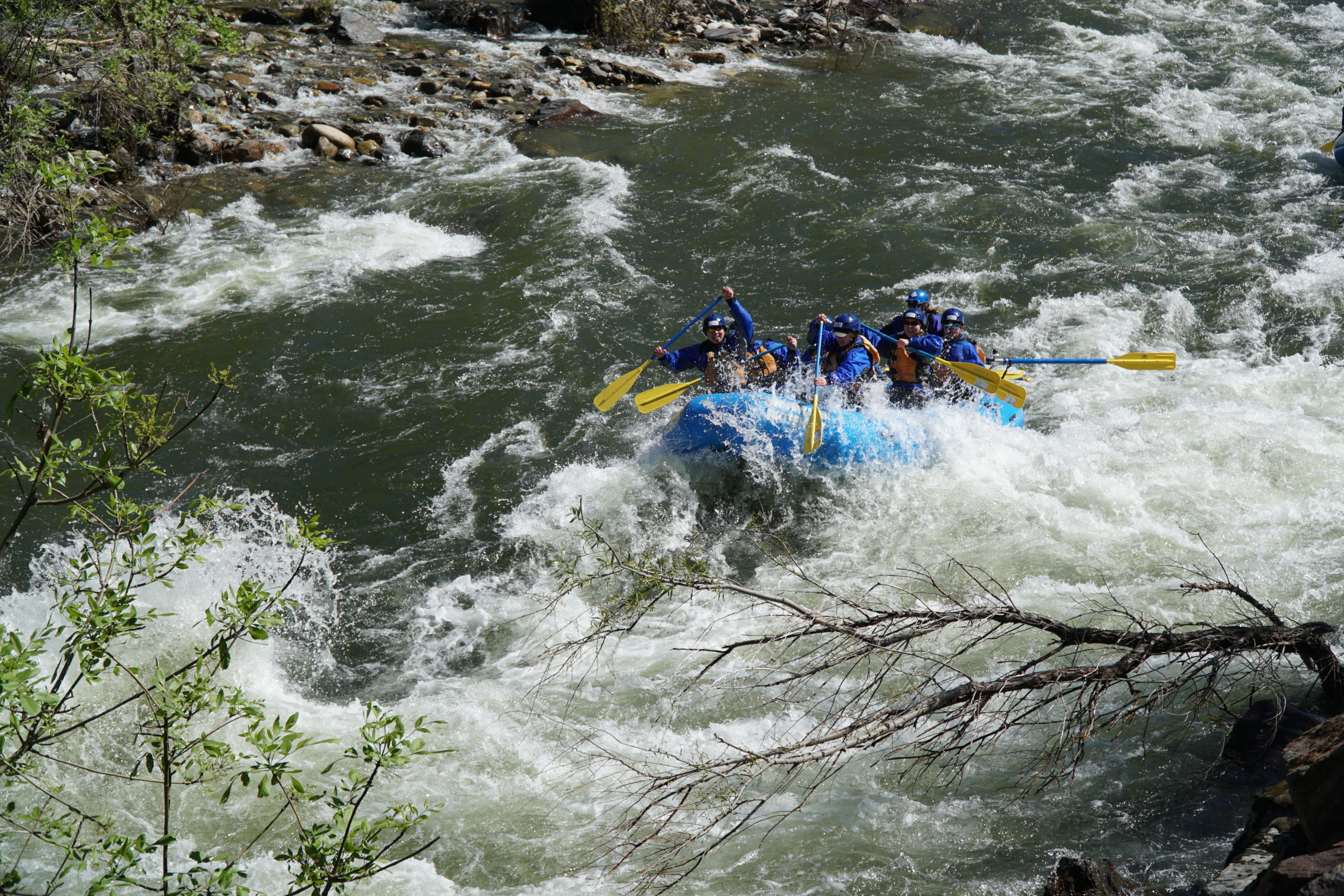
What To Expect When Class 4 White Water Rafting

What S It Like To Run A Class 4 Rapid Whitewater Excitement

Lochsa River Idaho Whitewater Rafting Trips Row Adventures

The Most Dangerous Rapids In The World Slideshow The Active Times